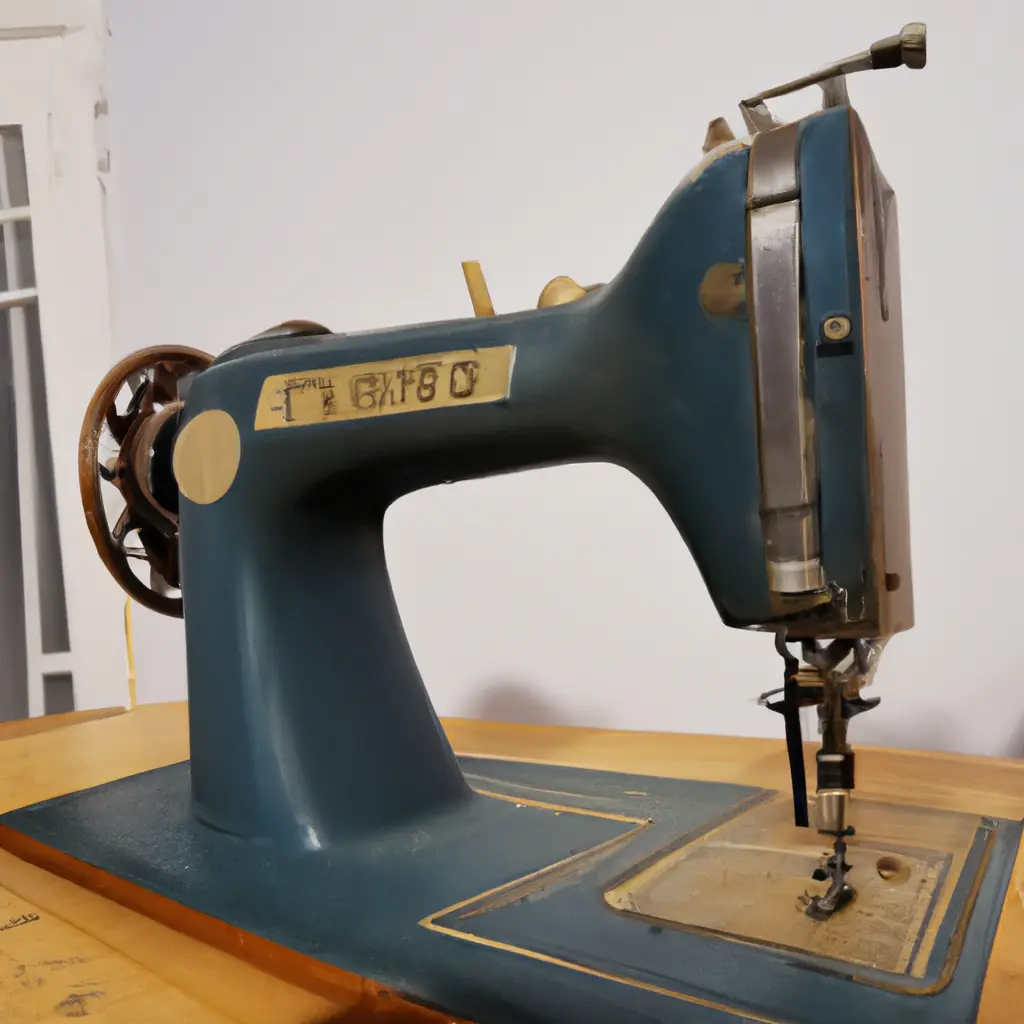Working Singer sewing machine for children from the 1950s. Value?

In this month's issue, I would like to share with you a few interesting items found at auction and heirloom family treasures that are worthy of attention.
Singer sewing machine
You have a Singer Model 20 "Sewhandy" sewing machine which, although intended as a toy for children, is a complete sewing machine. Singer released the Model 20 in 1910 and continued production until the 1970s. The exterior design of the machine changed slightly over time, but the basic design and mechanism remained the same. It was the most popular toy sewing machine ever produced. Your machine most likely dates from 1950-1955.
Sewhandy machines of similar age and condition were seen on''online auctions for 50-100 dollars. However, if they come with the original case and accessories, they often sell for $200 or even more. Dealers of vintage items often ask between $125 and $175 for such a machine in working and excellent condition.
Fenton basket
The Fenton basket is pressed glass with a fluted edge, curved handle and shimmering glass. The pink decorations were hand painted by K. Lauderman. It probably dates from around 1990. Fenton Art Glass was founded in 1905 in Martins Ferry, Ohio, and moved to Williamstown, West Virginia in 1907. Late that year, 'iris' glass, now known as 'carnival' glass, was introduced. Fenton is the largest manufacturer''Lighting companies, including lighting fixtures for railroad, marine and automotive companies. The business moved to Hong Kong in 1956 and then to China in 1988.
Although these lamps are not rare, they are popular with collectors. At auction, you can expect an estimate of $200-300 dollars for such a lamp in good condition. Dealers of antique lamps or firefighter memorabilia may ask $600-700 for such a lamp model in excellent original condition, and maybe even a little more for the turquoise shade.
Paul Emile Lecomte engraving
From your photos, although your work looks like a watercolor, it is actually a hand painted etching or aquatint that was''commissioned by the Paris Society of Engravings.


Sale flat in Saint-Aubin-les-Elbeuf with city view 85 847 $

2 Bedrooms

1 Bathroom

68 м²


Other prints from this edition have previously sold at auction, most often for between $70 and $100. However, one of them sold for $425 in 2018. Dealers specializing in prints by 20th century artists can ask $600-900 for such an etching in excellent condition, and maybe even a bit more depending''design.
The Red Wing
kitchen jar.The Pierre Chef kitchen jar was manufactured by Red Wing Pottery. This pattern was introduced in 1941 and was manufactured until about 1956. Based on your photos, the stamp on the bottom of your jar indicates the mid 1940's. They were originally made in colors of beige, yellow or blue glaze. Later other colors were added to the line, including green. It may not have been until the last year of production that a pink glazed jar with blue details was produced. Red Wing Pottery was founded in 1861 in Red Wing, Minnesota by German immigrant John Paul. The business changed owners and names several times, eventually becoming Red Wing Pottery in 1936.
The Blue Jars'. ' Pierrechef's in good condition have regularly sold for $50 to $80 on online auctions. Dealers of vintage American collectibles ask between $150 and $200 for blue examples of this jar in excellent condition with no damage. "Pink-spotted" jars are quite rare and in immaculate condition have sold for over $2,000 at auction.
These items are true family treasures and have their own historical value. If you decide to sell them, consider their condition and rarity.
Comment
Popular Posts
Popular Offers


Subscribe to the newsletter from Hatamatata.com!
Subscribe to the newsletter from Hatamatata.com!
I agree to the processing of personal data and confidentiality rules of Hatamatata




